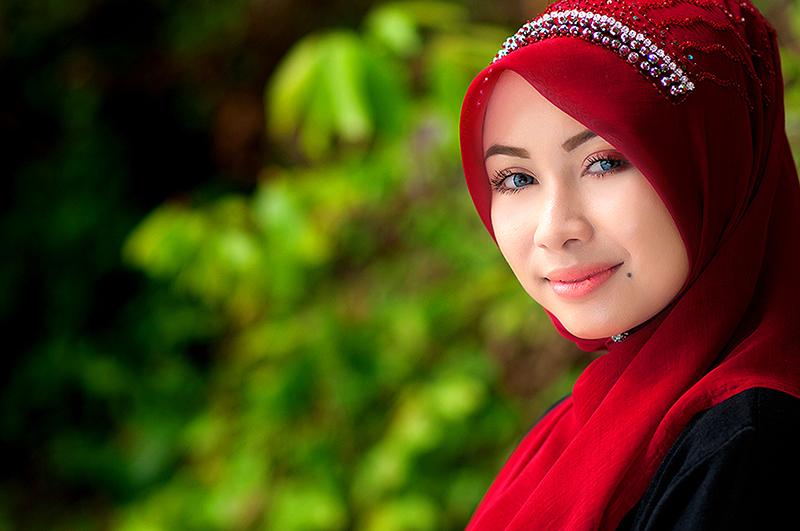Flickr | herman yahaya
Hijabs can come in many different colors and styles.
Muslim headscarves add modesty to fashion
July 10, 2014
Muslim women are stereotyped as being forced to wear a headdress instead of being viewed as empowered women exercising their power of choice. These assumptions and preconceived notions affect both Muslims and non-Muslims alike.
The hijab, or in English, headscarf, that is worn by Muslim women comes with many stereotypes. While some assume the hijab is a symbol of oppression, others incorrectly interpret the headscarf as potentially violent or suspicious.
In 610 A.D. Islam was introduced in Medina where women wore headscarves to honor their religious duty. Hijabs became a way of showing their respect for modesty.
However, many in the West have the impression that hijab is a forced practice ignoring that covering with hijab is a choice women make when they are ready.
Now, Muslim women in America, Tokyo, Africa, Asia, and pretty much all over the world wear the hijab. Many students of different ethnicities wear hijab on the California State University, East Bay campus and around the Bay Area.
Unfazed by these stereotypes, Muslim women continue to wear the hijab and some even show pride in styling up the fabric. Hijabs can be found in a variety of colors, fabrics, and designs. Because the headscarf is so universal, fabrics can be transformed instantly into hijabs in no time!
Thankfully for hijabis, which are women who wear the hijab, the head cover has the luxury of never going out of season. This spring, hijab colors around the Bay Area and on campus have blossomed from darker winter tones, to more brighter and eye-catching colors.
A lot of students find hijab websites all over the Internet with prices starting as low as five dollars. Hijabs are also sold on social media favorites such as Facebook, Tumblr, and Instagram.
Hijab tutorials are available on YouTube, some with more than 300,000 views. Dina Tokio and Pearl Daisy are two Muslim women or “Muslimahs” that are both famous online for their detailed ‘how to videos’ and for designing unique hijabs.
Some personal favorites are Sultano Book Store in Berkeley and the Indian boutiques on University Avenue. Closer to East Bay is Zam Zam in Fremont where they have amazing fabrics to choose from.
There’s no question that the hijab is highly misunderstood. Still, Muslim women from America to Asia wear it confidently. Some Muslim women wear the hijab with no intentions to be fashionable, but to display modesty.
The hash tag #ModestFashion has sparked a new trend on social media representing Muslim women in hijab everywhere. Hopefully over time the misgivings surrounding the symbolism of the hijab will be replaced by respect and appreciation for the practice of “modesty” as a Muslim value.

